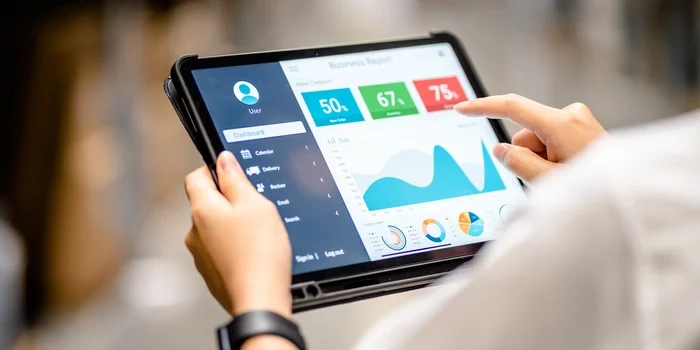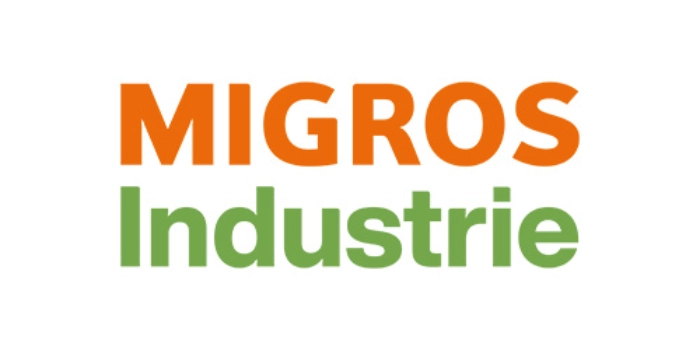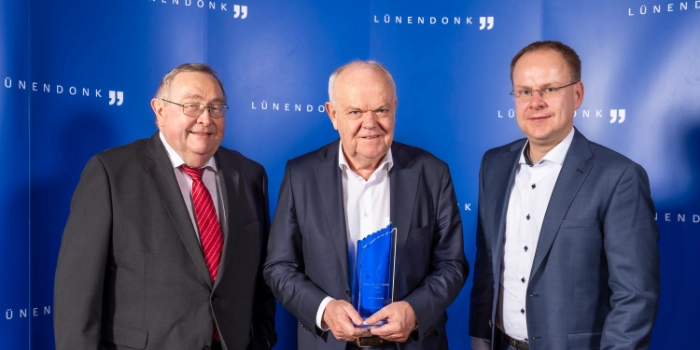
msg Sustainability Bootcamp
Strategy process for your sustainability transformation
Together, we align your business model for a sustainable future and reduce your carbon footprint.
Man-made climate change, driven by CO2 and other greenhouse gases, poses numerous critical challenges for companies. But at the same time, it also opens up important opportunities to realign the company. Recent years in particular have shown that flexibility and adaptability are central and essential core competences of successful companies. Many of the emerging and increasingly greener customer requirements are important game changes that challenge current products, services, processes and ways of thinking. The automotive industry in particular is currently in a radical transformation. Drivers of this transformation are four major trends: E-mobility, shared mobility services, autonomous driving and connected vehicles. That's why it's important to clearly position a company now, empower it and initiate changes to sustainably reduce its carbon footprint.
We help you to actively address sustainability – with consulting expertise and technological competence as well as a commitment to shape the future in an innovative and sustainable way. In our msg Sustainability Boot Camp, we enable you to create an adequate and company-wide understanding, to develop guidelines and initiatives and to intelligently network added value systems. In this way, you will achieve the best possible resource efficiency and ideally zero impact.

The outline of the three phases is intended to give you an insight into our offer. msg’s consulting philosophy pursues the idea that each company is characterized by its own profile with the corresponding business processes, IT infrastructure and individual team. Only by taking these conditions into account can a successful strategy be developed and implemented. msg's experts combine extensive know-how in processes for the Automotive and Manufacturing industry as well as proven IT transformation expertise (SAP environment) with the ambition to not only design theoretical solutions but to successfully implement them.
In the strategy process, you go through three phases.
1. Initialization of the process through knowledge transfer
Objective: Understand the challenges of the climate change and determine and make tangible individual impacts on and requirements of the company.
Through professional training in the form of an impulse workshop, the challenges and legal requirements of climate change become comprehensible and transparent. Through meaningful insight, a sound understanding and motivation of each individual, individual impact as well as requirements on the company can then be determined.
Sensitized, motivated and empowered employees are ultimately the key to long-term change towards greater climate neutrality.
2. Strategy development and specifying strategic guidelines
Objective: Align the specific challenges and the corporate requirements of climate neutrality and define the goals and conditions of the transformation processes in a strategy paper.
In this phase, the prerequisites, conditions and objectives, which you pursue with your process of climate neutrality, are interwoven and fixed. An exact definition of the objective is the most important step for a successful strategy. Realistic planning is only possible, transparent and implementable with clearly defined project objectives.
In the context of strategy development, we offer you support in handling strategic questions. These usually concern the review, further development or new development of objectives, concepts and measures.
- What motivates you to reduce your carbon footprint?
- Market demand (increasing environmental awareness, demand and customers’ willingness to pay for ecological solutions)
- Competitive pressure (increasing alignment of environmental standards observed among competitors)
- Governmental pressure (increasing regulation with regard to environmentally friendly and transparent added value)
- Cost pressure (various possibilities to reduce costs with sustainable (IT) solutions)
Together, we analyze existing structures in the company and derive potential and appropriate change requirements. Finally, we define corresponding measures and anchor them in a strategy paper together with your value proposition.
Important to keep in mind: Climate change is mainly driven by the sectors of electricity and heat generation, transport and industry. The greatest potential is generally hidden in energy-intensive areas of companies, production and logistics. Here, the foundation for a "green factory" is laid by identifying the processes with the highest energy consumption and the most significant CO2 emissions. Using the latest technologies (IoT, digital twin, etc.) to reduce emissions is often a “quick win” on the path to a CO2-neutral future. The gargantuan task of intelligently linking product, machine and people offers a huge opportunity for the coming decades. Looking at upstream and downstream processes along your value chain unlocks the potential to reduce not only resource inputs but also CO2 emissions and energy consumption to a responsible as well as legally required level.

3. Planning and prioritization for efficient implementation of measures in a roadmap
Objective: Design a portfolio for (digital) climate neutrality along the corporate added value chain and the IT systems used, which subsequently forms the basis of the specific implementation.
To implement climate neutrality, each company must specifically design the transformation path that is appropriate for it, as well as a healthy pace of transformation. As part of the previously conducted phases, you determine your current actual status and possible objectives and develop associated measures. On this basis, your individual digital schedule can now be developed along a process map.












